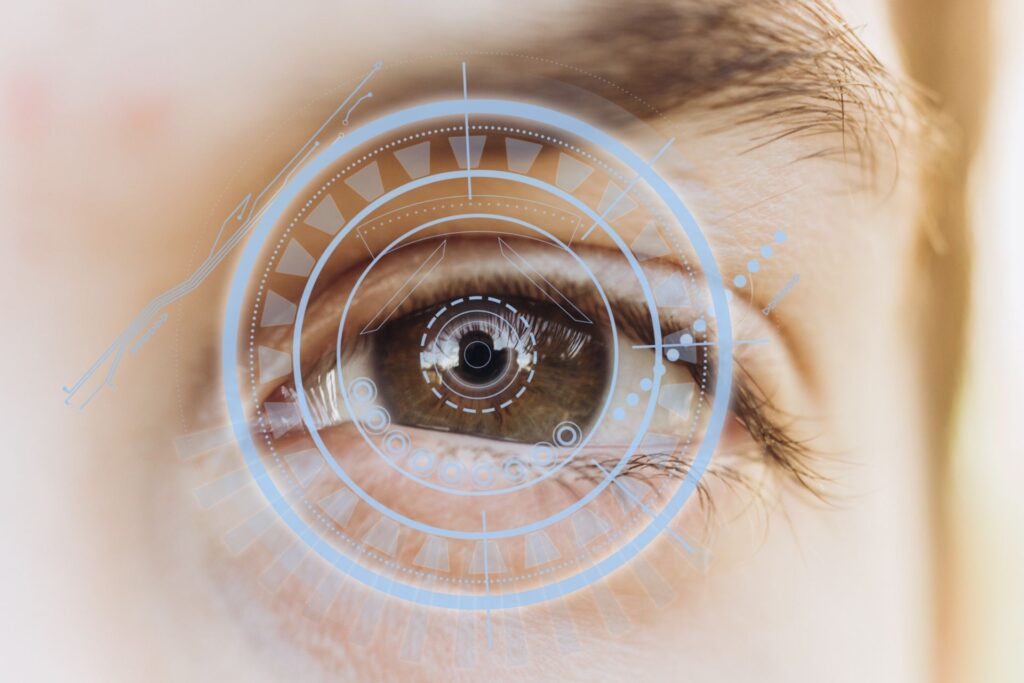What Are the 10 Most Common Eye Conditions?
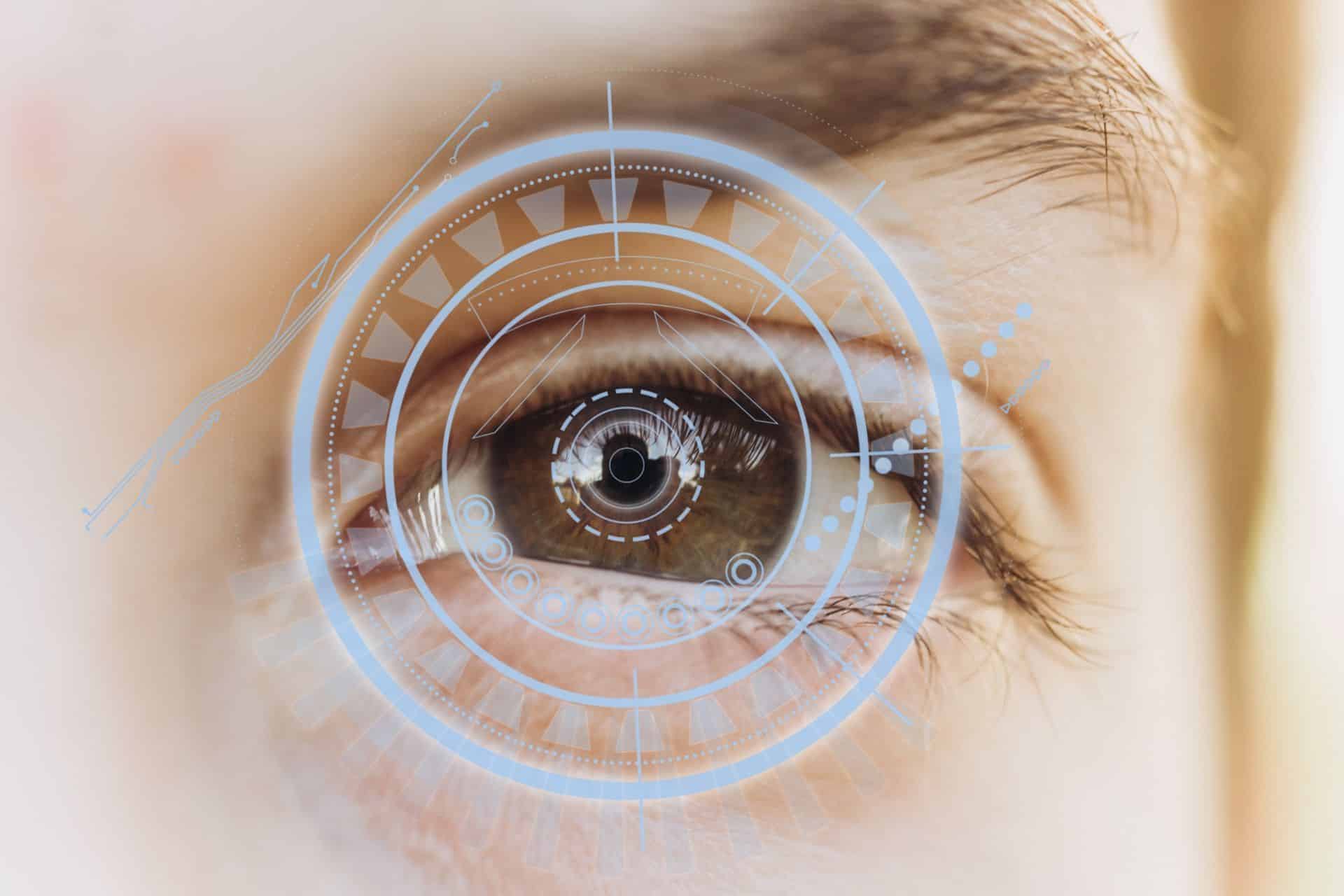
The eyes are two of the most precious organs in the entire body – and they deserve to be treated like it! Unfortunately, most of us aren’t taking proper care of our eyes, either because we don’t know how or we don’t understand the impact it’s having on our ability to see – you might not notice it now, but you will!
According to the CDC, more than 12 million people are visually impaired in the US – including 8 million who are living with an uncorrected refractive error, 3 million who are living with vision impairment after correction, and one million who are blind. Another 4.2 million are living with uncorrectable impairment.
If that’s not concerning, then take this in – there are more than 93 million adults considered to be at an increased risk for serious vision loss, yet only half of those people have seen an eye doctor in the past year. A
regular appointment with your eye doctor goes a long way toward better eye health and function.

What Are the Most Common Eye Conditions?
As much as we would love to live in a world free of eye disease and vision problems, that type of world doesn’t exist – at least not on this planet. The truth is there are hundreds of different eye conditions that can negatively impact your ability to see clearly and properly – our goal is to try and prevent them!
Before we delve into some of the most common eye conditions, let’s take a look at some of the most
common symptoms of eye disease:
- Blurry vision (near, distant, or both)
- Cloudy vision
- Double vision
- Hazy vision
- Distorted vision
- Color-fading
- Flashes and floaters
- Glares and halos around lights
- Loss of peripheral vision
- Loss of central vision
- Poor night vision
- Light sensitivity
- Vision loss
- Red eyes or swollen eyes
- Watery eyes or dry eyes
- Burning eyes or itching eyes
If you’re experiencing any of the above symptoms, schedule an
appointment with your eye doctor – even if it turns out to be harmless, you should never sweep something under the rug (or, in this case, the eyelid). Instead, maintain an open and honest line of communication between you and your eye doctor.
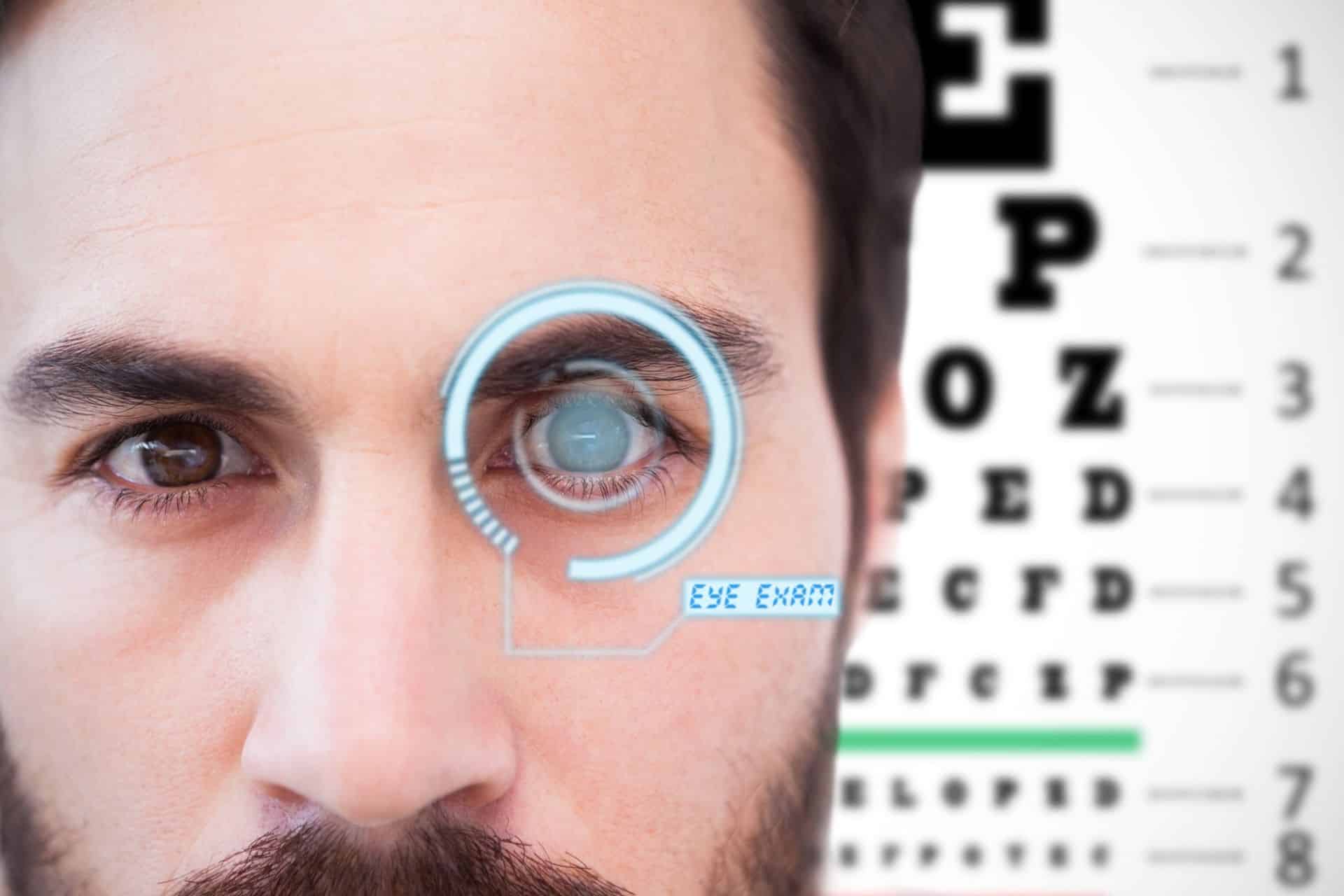
With that said, here are the 10 most common eye diseases today – all of which your eye doctor can test for.
Cataracts
Cataracts are characterized by clouding of the eye’s natural lens. This happens when the proteins inside the lens start to break down, which is a normal part of the natural aging process. Looking through a cloudy lens is a lot like looking out a foggy window or frosted glass – blurred vision makes it hard to see.
Glaucoma
Glaucoma refers to any damage to the eye’s optic nerve – which acts as the main line of communication between your brain and eyes. Damage is generally caused by an increase in eye pressure (intraocular pressure), which can be attributed to fluid buildup in the eye. Symptoms aren’t always present right away.
Refractive Errors
Refractive errors are characterized by an abnormally shaped eyeball that prevents light from focusing properly onto the retina (in the back of the eye). The three most common types of refractive errors include nearsightedness (myopia), farsightedness (hyperopia), astigmatism (can’t see near or far), and presbyopia (elders).
Dry Eye Syndrome
Much like the name suggests, dry eye syndrome occurs when the eyes don’t produce enough tears or aren’t producing quality tears (meaning they evaporate too quickly). Since tears play an essential role in cleaning, protecting, lubricating, and moisturizing, the surface of the eye (cornea), a lack of tears can be devastating. Prescription eye drops can help!
Eye Floaters & Eye Flashes
You’ll know you have floaters if you notice little black or gray spots in your visual field. These black dots are the result of collagen lumping together – which casts a shadow onto the retina. They might look like little bugs flying around and they often move with your eyeball. Floaters can be a medical emergency if accompanied by flashes of light.
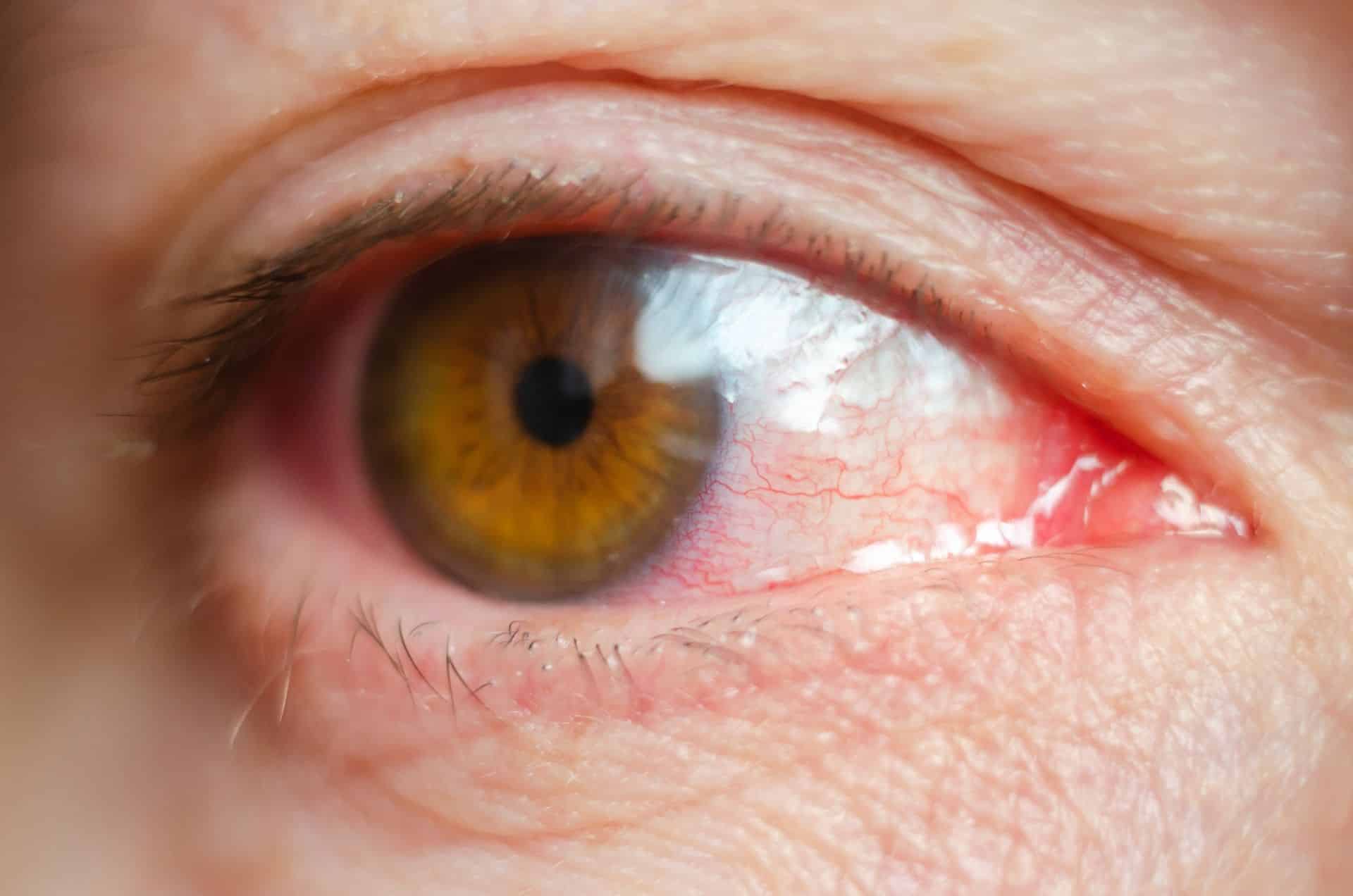
Eye Infections
Eye infections are caused by bacteria, fungi, parasites, and viruses that enter the eye. The most common type of eye infection is conjunctivitis, which most of us know as pink eye. Other types include blepharitis, stye, uveitis, dacryocystitis, and cellulitis. An infected eye will look red, swollen, and watery – it might also itch and have a discharge coming from your eyes.
Retinal Disorders (AMD, detachment, diabetic retinopathy)
The retina is located in the back of the eye. It’s responsible for converting light rays that enter through the eye’s lens into an electrical signal, which travels to the brain by way of the optic nerve. Common retinal disorders include age-related macular degeneration (loss of central vision), retinal detachment (when the retina detaches from the back of the eye), and diabetic retinopathy (growth of abnormal blood vessels in the eye).
Corneal Abrasion
The cornea is the front surface of the eye. It’s responsible for protecting the eye and maintaining a smooth surface for light to enter. A corneal abrasion is any wound on the cornea, which is usually caused by a foreign object, itching the eye, an eye injury, or rubbing the eye. Abrasions open the door to infections.
Digital Eye Strain
Digital eye strain, also known as computer vision syndrome (CVS), is an eye condition that results from too much screen exposure. Since the eyes are forced to work harder when looking at a digital screen, this can result in headaches, eye strain, blurred vision, eye pain, and eye discomfort. Make sure you give your eyes breaks when on the computer or phone.
Eye Allergies
Eye allergies occur when the eyes are exposed to an allergen or irritant, such as dust, pollen, pet dander, smoke, perfumes, and much more. The most common symptoms of eye allergies include red eyes, itchy eyes, swollen eyes, burning eyes, excessive tearing, and light sensitivity.
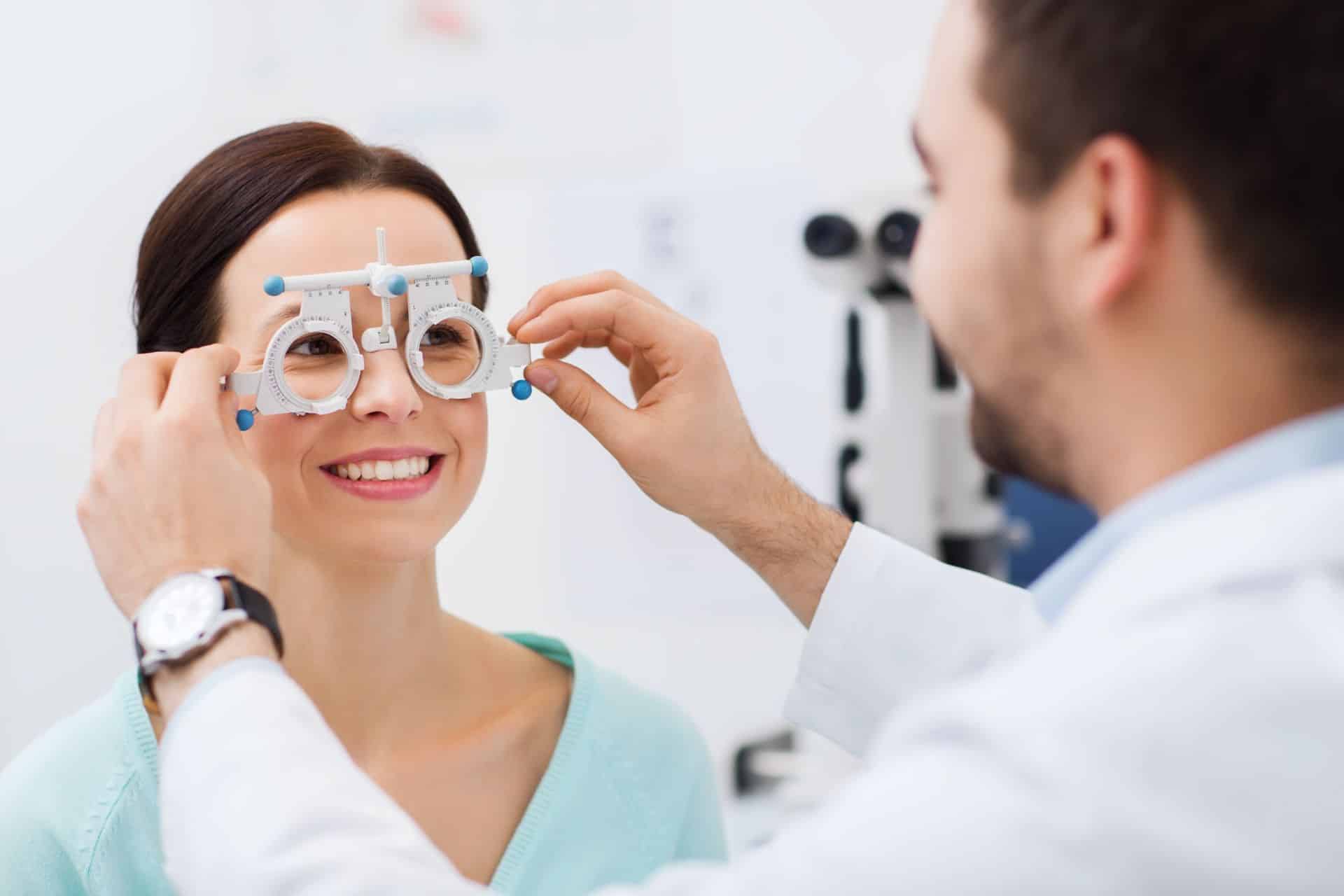
Different Types of Eye Surgery
Expectations before, during, and after eye surgery are going to vary from one doctor to the next, one patient to the next, and one procedure to the next. It’s up to the eye surgeon and their medical team to determine the best course of action for each individual patient – including what type of surgery is needed.
The most common types of eye surgery include:
- Laser Eye Surgery (LASIK surgery)
- Cataract Surgery (intraocular lens)
- Glaucoma Surgery
- Refractive Surgery
- Corneal Surgery
- Vitreoretinal Surgery
- Eye Muscle Surgery
- Oculoplastic Surgery
Advancements in technology, science, and medicine are revolutionizing the way we treat eye disease, eye injuries, and other eye conditions. Since these issues can have a negative impact on a patient’s quality of life, ensuring they receive an accurate diagnosis and effective treatment plan is very important.
Contact Milwaukee Eye Surgeons Today!
Are your eyes constantly red, itchy, irritated, watery, or dry? Are you experiencing changes to your vision – such as blurred vision, double vision, or distorted vision? Do you miss having clear vision? Have you recently suffered an eye injury or started to experience eye pain? If you answered ‘yes’ to any of those questions, contact us right away!
At Milwaukee Eye Surgeons, we take pride in offering the best
eye care services Milwaukee has to offer. We treat a variety of eye conditions and symptoms, including cataract surgeries, refractive errors, glaucoma, dry eyes, floaters, corneal issues, macular degeneration, and much more. Schedule your appointment today!

